Effective task management is crucial for small businesses striving to maintain productivity and enhance team collaboration. With the ever-growing demands of the business world, Microsoft Planner emerges as a powerful tool designed to streamline tasks and optimize team workflows. In this post, we will delve into some Productivity Tips Microsoft Planner offers to help you manage tasks effectively and boost your team’s productivity.
Getting Started with Microsoft Planner
Overview of Microsoft Planner Features Microsoft Planner provides a range of features that make it an indispensable tool for task management. Key features include boards, buckets, and tasks, which offer a visual and structured approach to organizing work. Boards act as project dashboards, while buckets categorize tasks into manageable sections. These features not only simplify task management but also foster team collaboration by providing a clear overview of all tasks and responsibilities. Setting Up Your First Plan To begin with Microsoft Planner, create a new plan by navigating to the Planner hub and selecting “New Plan.” Give your plan a name and select the appropriate privacy settings. Once your plan is set up, organize tasks into buckets for better task segmentation. Assign tasks to team members by clicking on the task card, adding details, and setting due dates. This approach ensures everyone knows their responsibilities and timelines.
Essential Productivity Tips for Microsoft Planner
Prioritizing Tasks Effectively Prioritization is key to efficient task management. Use labels and due dates within Microsoft Planner to categorize tasks based on urgency and importance. Setting clear deadlines and expectations helps keep the team focused and on track. Improving Team Collaboration Microsoft Planner enhances team communication through comments and @mentions. Use these features to provide updates, ask questions, and keep everyone in the loop. Share plans and updates with team members to ensure transparency and accountability. Utilizing Analytics for Continuous Improvement Leverage Planner’s built-in charts and reports to gain insights into team productivity. By analyzing data, you can identify areas for improvement and adjust task management strategies accordingly. This continuous feedback loop is vital for optimizing productivity.
Advanced Tips for Maximizing Efficiency
Integrating Microsoft Planner with Other Tools Enhance your productivity by integrating Microsoft Planner with tools like Microsoft Teams and Outlook. These integrations streamline workflows and minimize redundancy, ensuring all team communications and schedules are synchronized. For additional integration options, check out Zapier’s guide on Microsoft Planner integrations. Customizing Your Planner Experience Tailor Microsoft Planner to your team’s needs by exploring templates and custom views. These options allow you to customize the layout and organization of your plans. Additionally, use Microsoft Power Automate to automate repetitive tasks, freeing up more time for strategic work.
In conclusion, effective task management is vital for boosting productivity and enhancing collaboration within small businesses. Microsoft Planner offers an array of features and strategies to optimize your task management processes. By implementing these Productivity Tips Microsoft Planner provides, you can achieve better results and a more organized workflow. We invite you to share your experiences with Microsoft Planner in the comments and subscribe to our blog for more insights into small business automation and productivity tools. Try out Microsoft Planner today and witness the transformation in your task management and team collaboration. For further assistance, feel free to contact us.
